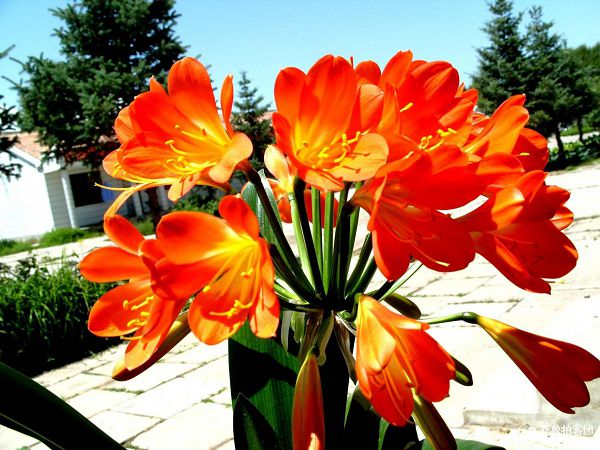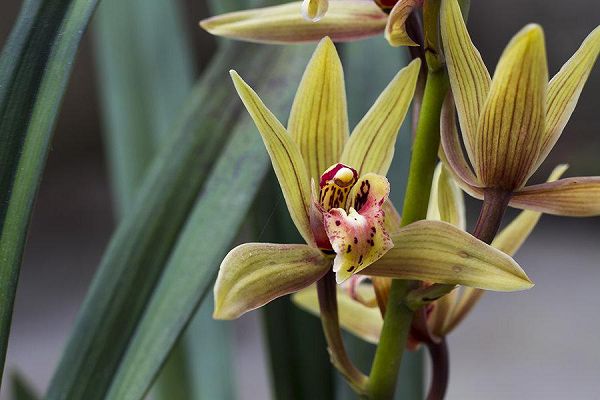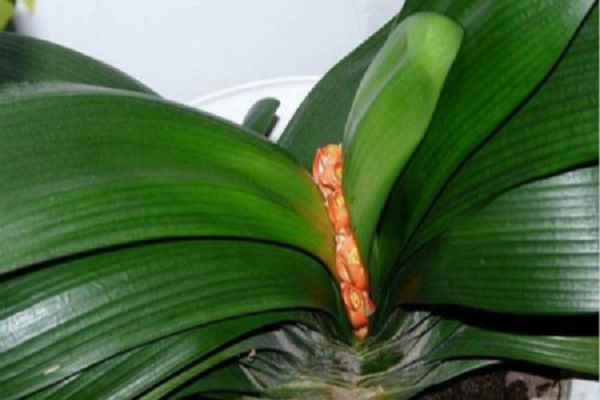How to plant Cymbidium scientifically and propagate it scientifically

Cymbidium propagates mainly through seed sowing.
The flowering period of Cymbidium is from the beginning of winter to March-April of the following year, and it takes 9-10 months for seeds to mature after anthesis, so the sowing of Cymbidium should be from November to December. Seed selection should be carried out before sowing, and the empty and stunted seeds should be removed. Can be sown in a general flowerpot, below with coarse gravel or gravel paved into a 2 cm thick drainage layer, and then covered with a layer of rotten leaf soil and river sand mixed culture soil, about 4-5 cm thick, covered with 0.5-1 cm river sand as the sowing layer. When on demand, the distance between the plants is 2 cm, and then covered with sand. Soak in water once after covering the soil and cover with glass. Keeping the temperature of 20 ℃-25 ℃ after sowing is favorable for germination.
It takes 2 months from germination to the first leaf to grow. After that, the glass cover should be removed for ventilation, and the glass cover should be removed gradually. It can be transplanted 90 days after sowing. When transplanting, first pierce the hole with bamboo sticks or bamboo chopsticks, insert the fleshy root into the soil, the depth is appropriate to bury the rhizome to expose the seeds, and pay attention to the consistent orientation of the leaves. Pour water once after moving, slow down the seedlings after a few days and then receive light. The temperature of seedling stage is controlled at 15 ℃-20 ℃. Sunlight can be seen in winter and spring. It should grow under scattered light in spring and summer, and can be planted and cultivated after autumn.
For the propagation of Cymbidium, the following work should be done:
① family potted plants should use mud pot, which has good air permeability and is beneficial to plant growth.
② prepares the sterilized medium. If humus soil is mixed with fine sand, humus soil should be sprayed with potassium permanganate 1000-2000 times aqueous solution to disinfect; fine river sand should also be washed and disinfected with boiling water to prevent seedlings from being infected and rotted by germs.
③ prepares a small amount of charcoal powder to smear the wound for moisture absorption and anticorrosion.
When ④ ramets, knock the orchid out of the basin, pat the basin soil, straighten out the roots, and find out the axillary buds that can be ramified: if the daughter plant grows on the outer edge of the mother plant, and the plant is small, you can hold the bulb part in one hand and hold the base of the son plant in the other hand. With a gentle break, you can break the daughter plant away from the mother plant; if the daughter plant is strong, cut it off with a sharp knife. It is then used to smear the wound with charcoal powder to absorb and dry the fluid and prevent decay. Let the daughter plant and mother plant dry indoors before planting, the planting depth is to bury the false bulb at the base of the daughter plant, rely on the part of the plant to make it slightly higher, and cover with sterilized sand. After planting, it was watered again 2 days later, and 2 weeks later, when the wound healed, a layer of culture soil was added. It usually takes 1-2 months to produce new roots, and can blossom after 1-2 years.
Related
- Is the orchid suitable for indoor use? Is it good for the body?
- How to prevent the empty root of orchids?
- What to do after the crab claw orchid is withered?
- Why are the leaves of orchids always yellow? Fertilizing and watering.
- Can the root of the gentleman orchid be saved if it is rotten?
- Diagnosis and treatment of cotton-blowing beetle insects in Cymbidium
- There is a way for a gentleman's orchid to rot.
- What is the most suitable temperature and humidity for the orchid?
- How to raise a gentleman's orchid? Cultivation techniques of Cymbidium
- How to prepare the nutritive soil for the cultivation of Cymbidium



